Addiction Care Facilities
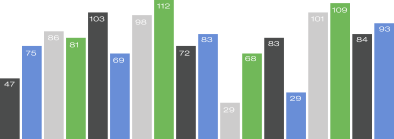
Addiction Care Facilities
Growing to Meet Demand
The growing opioid epidemic has dominated headlines and decimated communities across the country. To meet the challenge, care facilities have proliferated, offering a variety of treatments and therapies. Carl Marks Advisors put together a snapshot of this interesting, growing industry.
Taking a Look at Addiction Care
The drug and alcohol rehabilitation industry is expected to bring in $6.4 billion in 2019
The drug and alcohol rehabilitation industry is expected to bring in $6.4 billion in 2019—up over 5 percent every year since 2014. Inpatient treatment accounts for nearly 90 percent of this revenue.
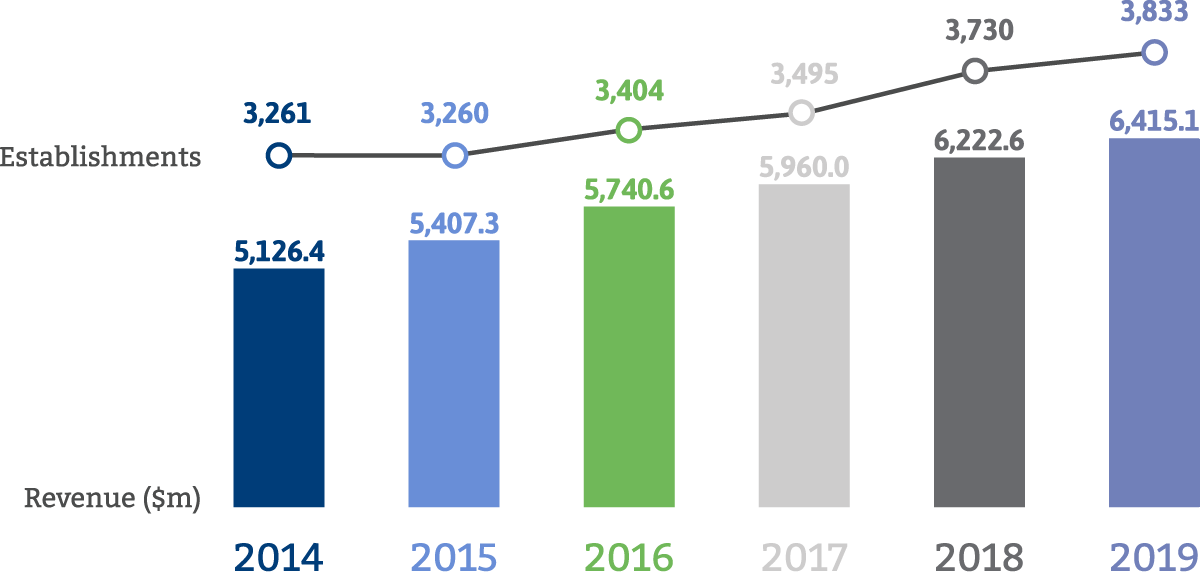
Source: IBISWorld Industry Report OD4619: Drug & Alcohol Rehabilitation Clinics in the US
Public funding is vital to the industry, accounting for approximately 63.4% of industry revenue
Public funding is vital to the industry, accounting for approximately 63.4% of industry revenue.
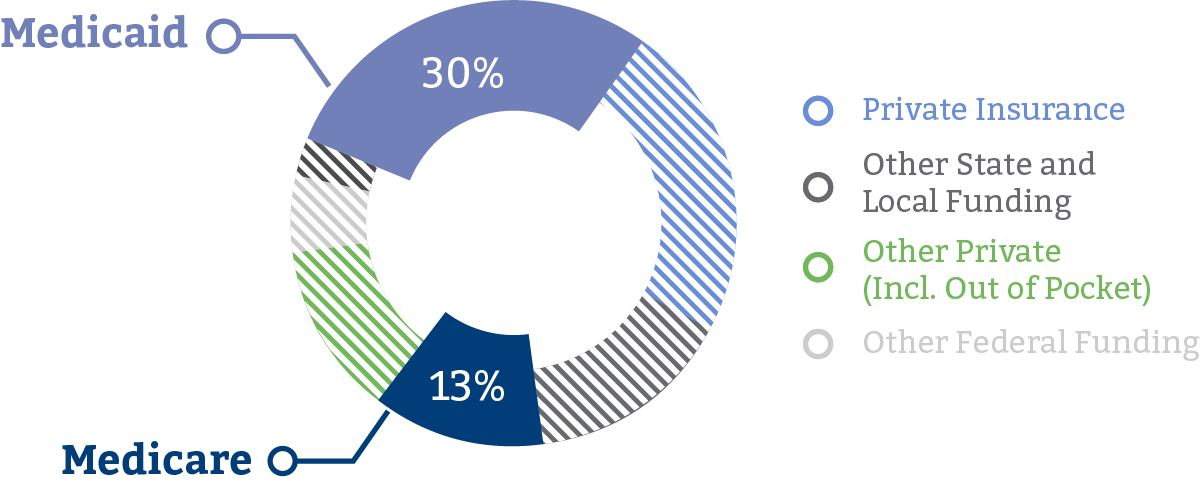
Source: Substance Abuse and Mental Health Services Administration. Data reflects 9.9 million people aged 12 or older who misused pain relievers over the course of a year.
Much of this growth is fueled by the opioid epidemic
Much of this growth is fueled by the opioid epidemic. 51% of people who misuse pain relievers got (or took them) from a friend or relative.
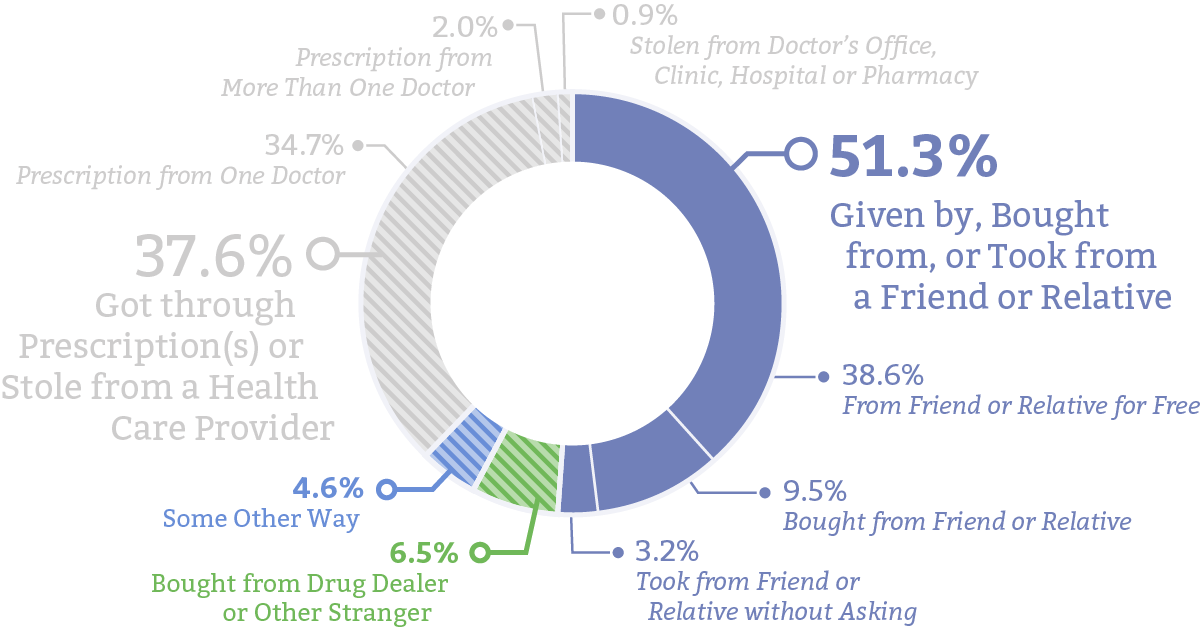
Source: Substance Abuse and Mental Health Services Administration. Data reflects 9.9 million people aged 12 or older who misused pain relievers over the course of a year.
Maryland and Connecticut have the highest rate of admissions per 100,000 people at more than 2%
Maryland and Connecticut have the highest rate of admissions per 100,000 people at more than 2%.
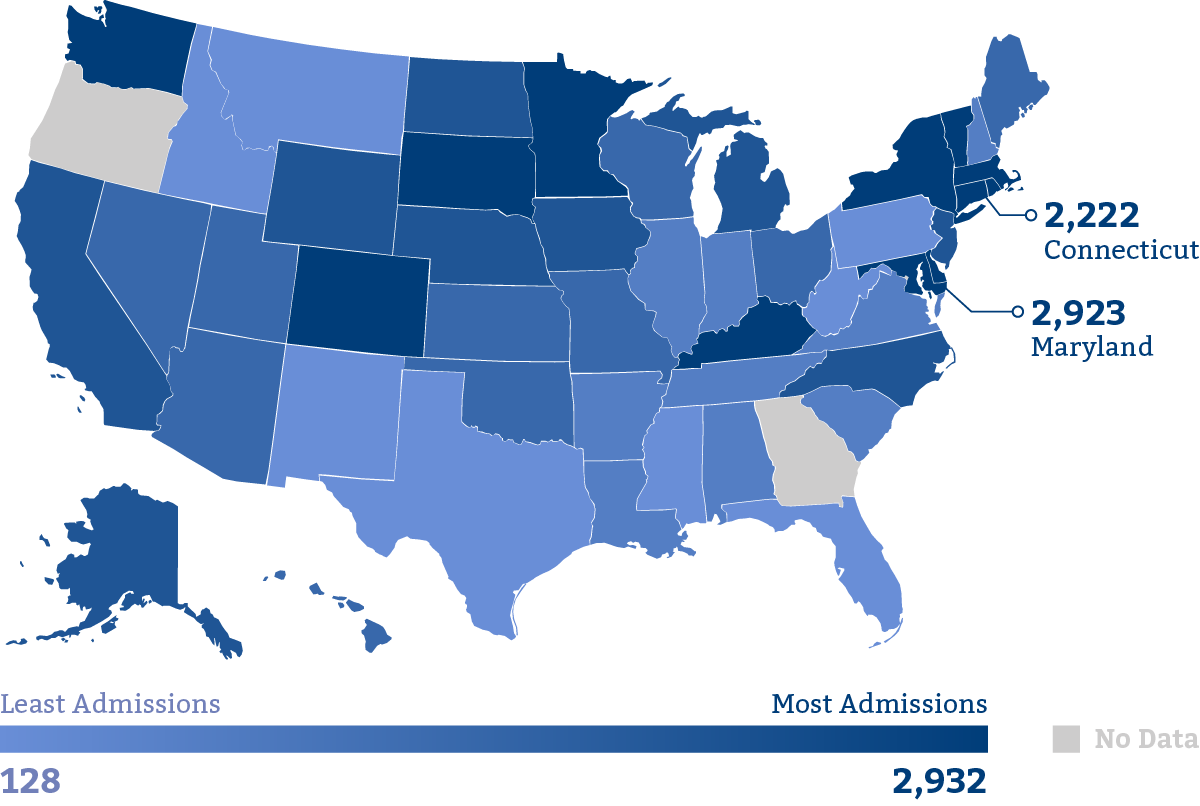
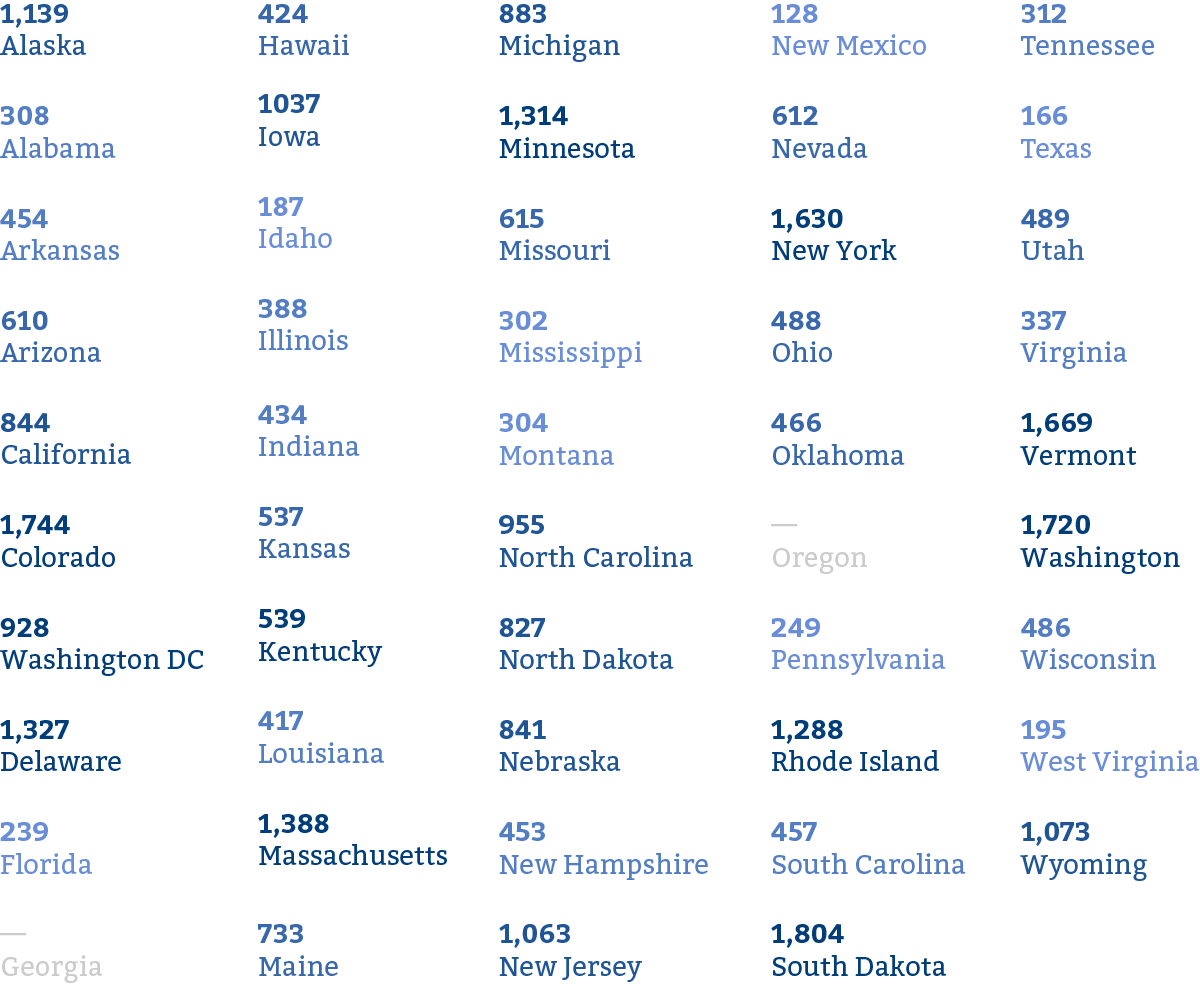
Source: Substance Abuse and Mental Health Services Administration. Data reflects 9.9 million people aged 12 or older who misused pain relievers over the course of a year.
Treatment facilities have to balance the need/desire to fill beds and cover fixed costs
Those who are below the poverty line are twice as likely to become substance abusers as those above it. Similarly, those without insurance are twice as likely as their insured counterparts to have addiction disorders. Treatment facilities have to balance the need/desire to fill beds and cover fixed costs with the reality that many/most patients cannot afford to pay these out of pocket costs.
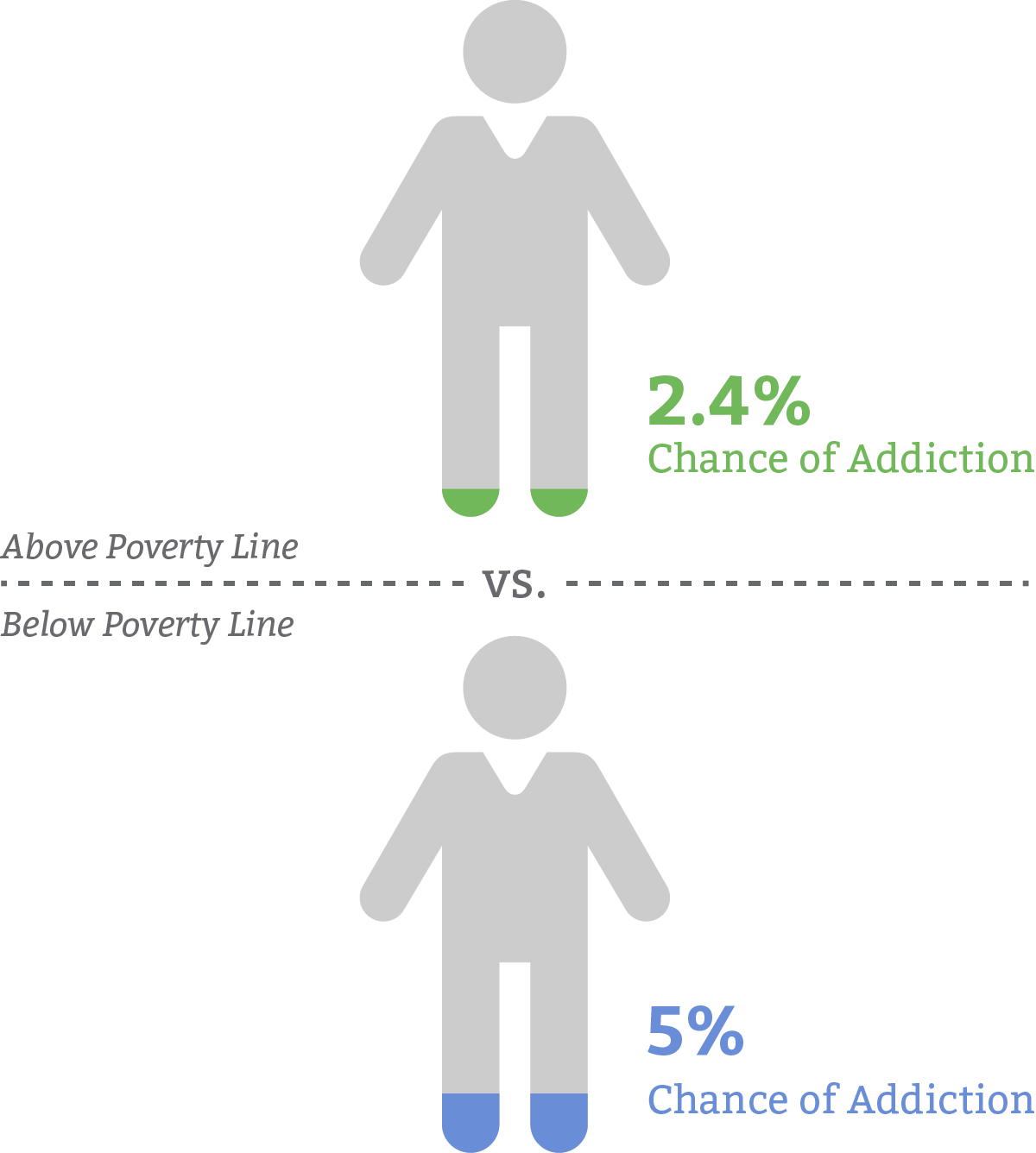
Source: IBISWorld Industry Report OD4619: Drug & Alcohol Rehabilitation Clinics in the US
As the stigma fades, patient enrollment is expected to increase
Stigma is also keeping those who need treatment from receiving it. In 2017, only 13 percent of those with substance abuse disorder received treatment, compared to 66.7 percent of those with other serious mental health disorders. As the stigma fades, patient enrollment is expected to increase.
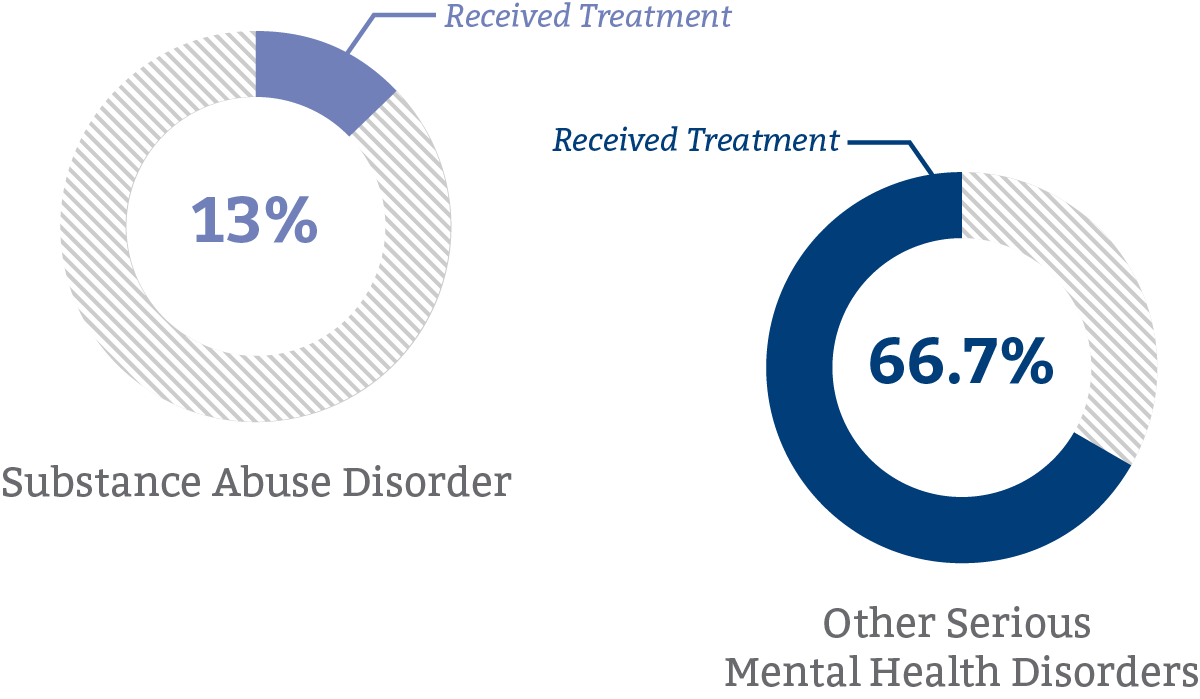
Source: IBISWorld Industry Report OD4619: Drug & Alcohol Rehabilitation Clinics in the US
Our approach to addiction care engagements is both seeded in research and steeped in compassion
As facilities proliferate around the country to address the rising tide of addiction, many will struggle to stay afloat amid a sea of challenging margins and ever-changing regulations. For those organizations looking to merge with similar facilities as a way to address these challenges, or those for whom challenges have grown overwhelming, Carl Marks Advisors can help. Our team of professionals have extensive healthcare experience operating, advising and transacting healthcare organizations.
Carl Marks Advisors operating professionals use their direct experience serving as senior executives of leading healthcare organizations to help addiction care facilities evaluate a situation, identify key opportunities and risk factors and work with clients to improve performance and mitigate risks.
Our transactional professionals, informed by the insights and industry expertise of the operators, evaluate the full spectrum of strategic alternatives available to create the blueprint that will maximize recovery.
